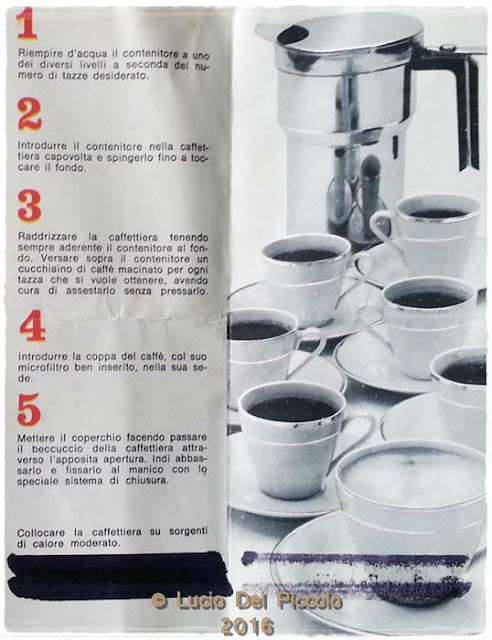E' giunta l'ora di mostrare al mondo l'evoluzione finale della Elettrexpress.
Un gioiello.
Una perla rara in un mare sconfinato.
Una scommessa. Un azzardo.
Un annuncio fuorviante in Francia. Una foto poco chiara.
Una descrizione incompleta.
Tutti i "grandi collezionisti" l'avevano vista da mesi.
E lei... lei rimaneva lì in attesa.
Fiduciosa che un collezionista distratto, non influenzabile da processi logici, molto umorale e istintivo, desse un'occhiata ai vecchi annunci e... la volesse a tutti i costi.
Poco importava che non fosse completa!
Come già in passato devo ringraziare il mio caro amico Vincent, che con la gentilezza che lo contraddistingue riesce spesso a convincere i venditori francesi a spedire all'estero.
Una volta aperto il pacco iniziarono a comparire pezzi imprevisti.
E piano piano riuscii a ricomporla completandola.
Rimasi estasiato!
Era Bellissima!!!
E mi ricordava una macchina già vista...
Se vi siete persi le puntate precedenti cliccate qui e poi cliccate qui.
Cosa potrei dire?
Quali iperboli linguistiche utilizzare?
Come nel modello precedente la si poteva utilizzare in modo quasi continuo aggiungendo via via l'acqua nel serbatoio.
La lancia a vapore era una vera rarità per macchine così piccole.
Ma la moda del capuccino era già una realtà alla fine degli anni '30.
Il manomentro aggiungeva un tocco di professionalità all'insieme.
L'uscita a tre tazze, unita ad un portafiltro capiente permetteva di erogare grandi quantità di caffè.
Qualità costrutiva eccellente.
Materiali robusti.
Spessori generosi.
Le foto possono dire molto.
Oppure molto poco.
Toccare con mano.
Questo cambia le cose.
A breve la 4° ed ultima parte.
Curiosi?
Oppure molto poco.
Toccare con mano.
Questo cambia le cose.
A breve la 4° ed ultima parte.
Curiosi?























































